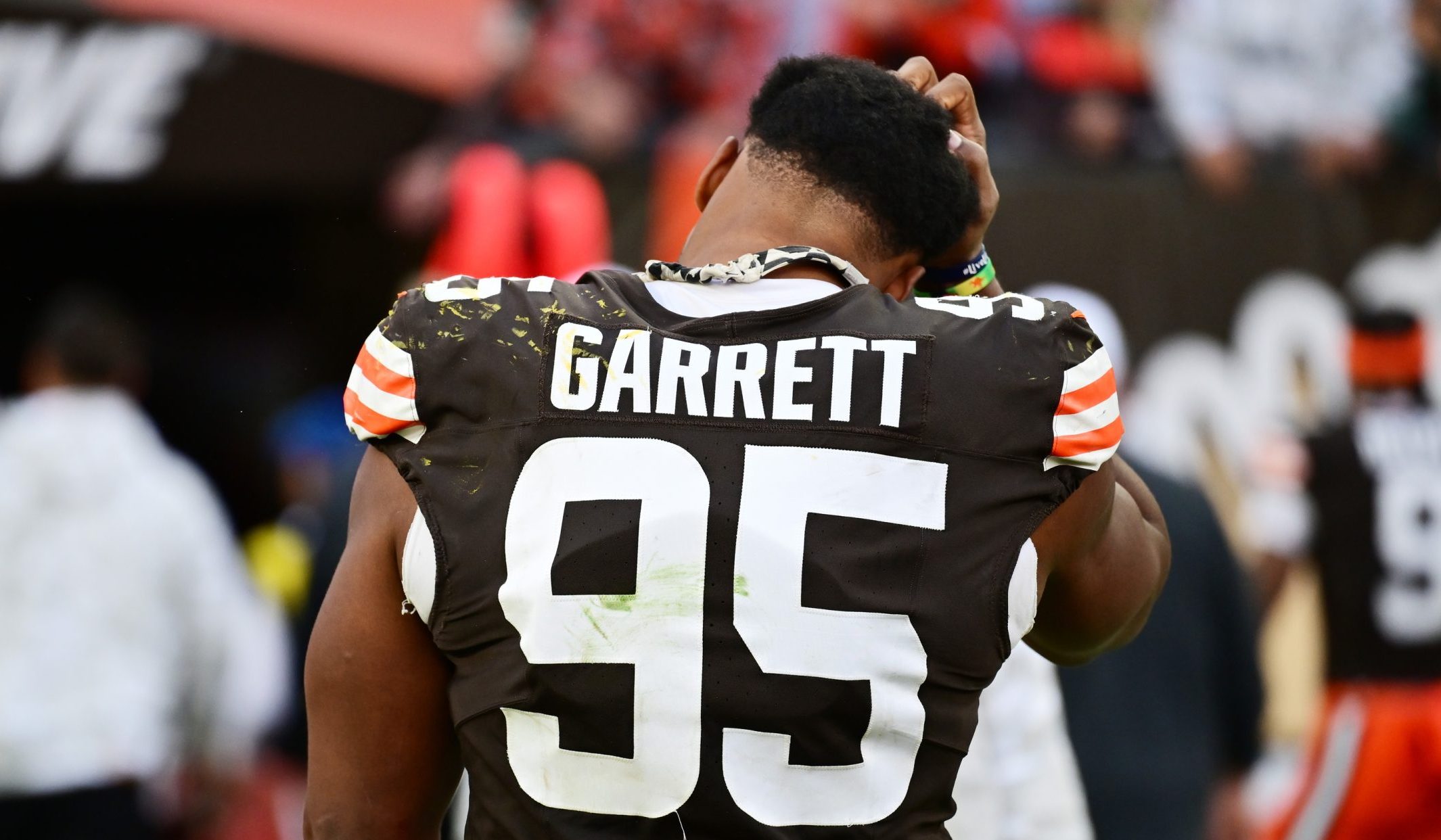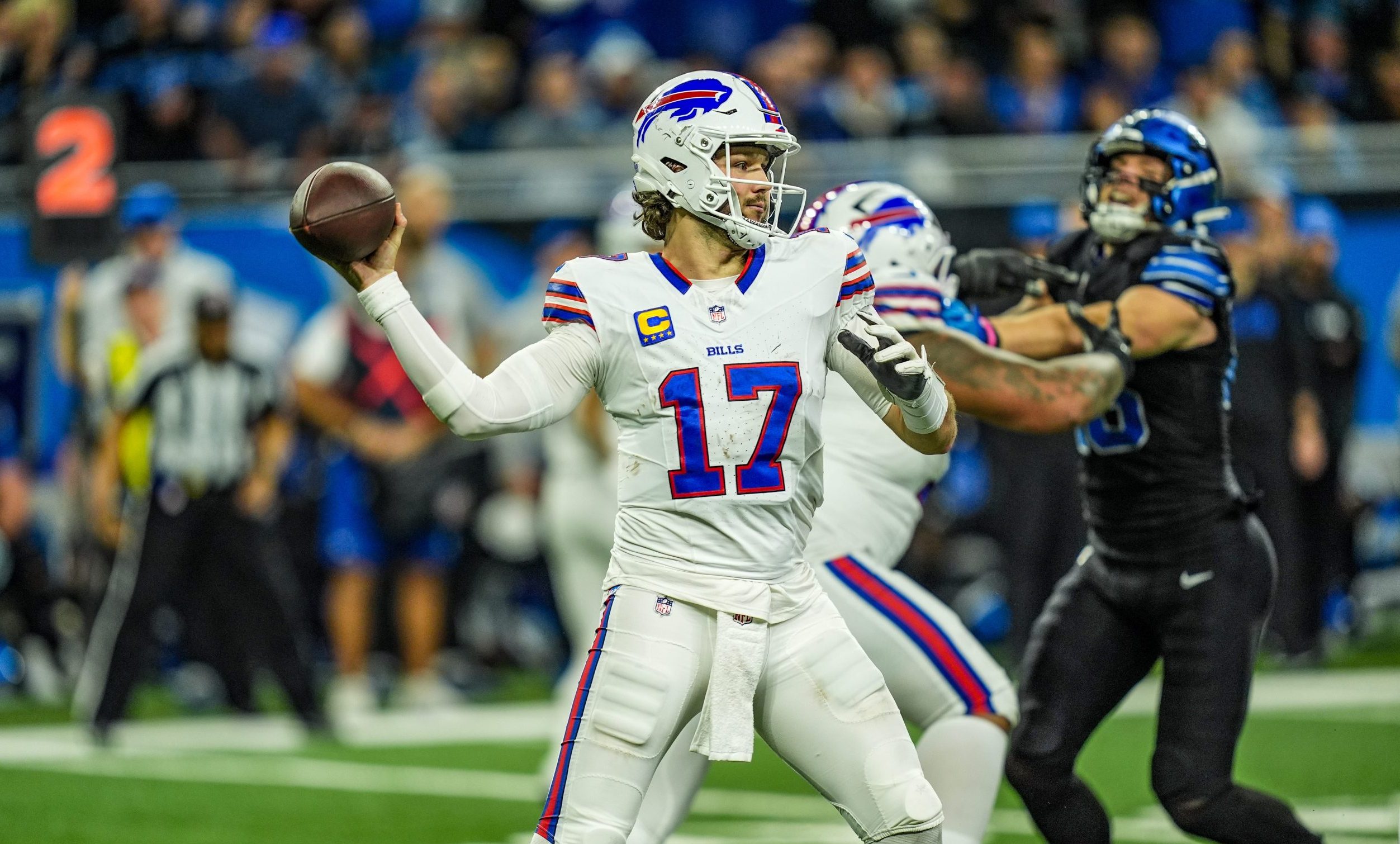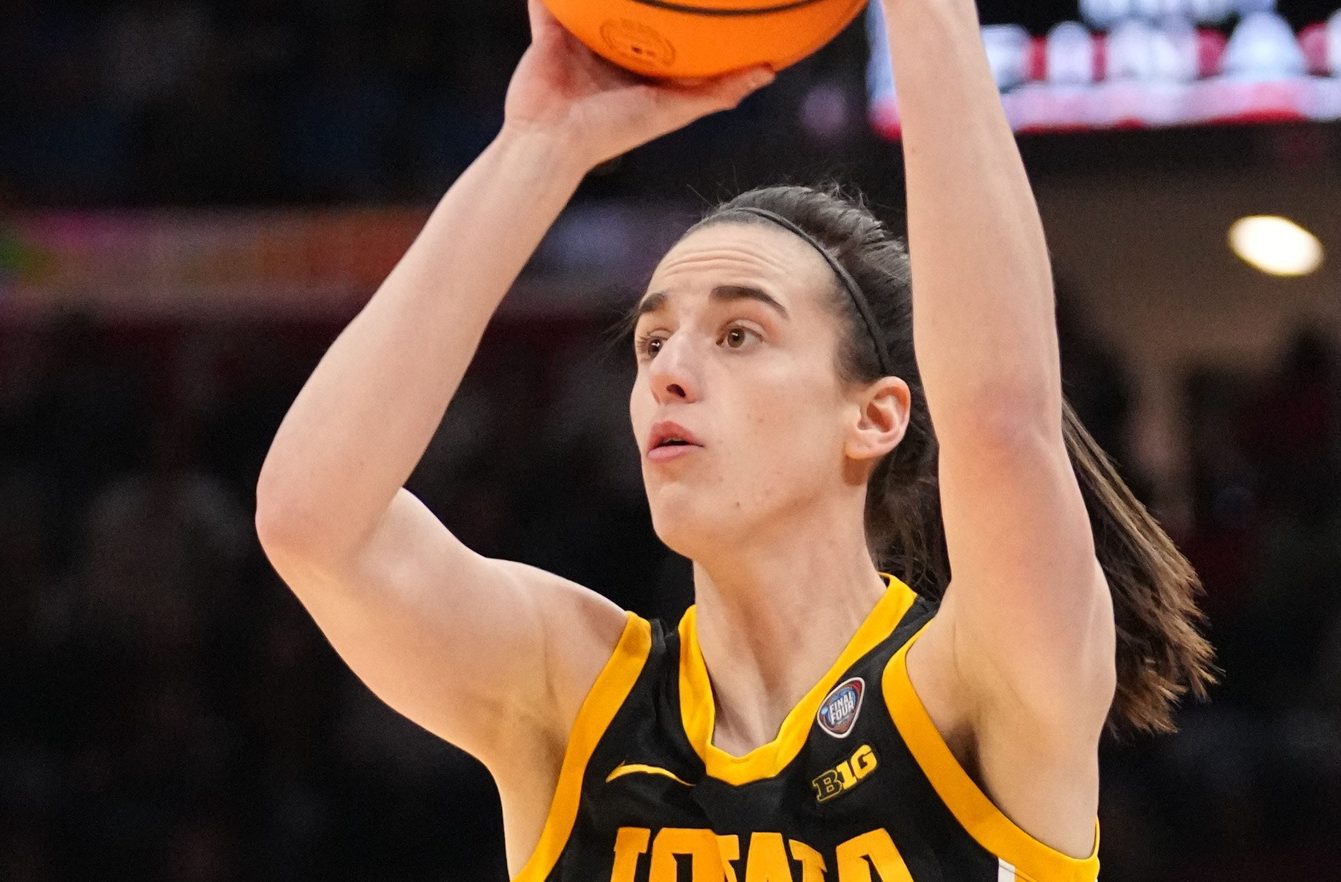MLB free agency, like the game itself, has changed over the years. While we refresh our phones like crazy, it’s a stark difference from the lax ways the league had toward its players in earlier years.
The reserve clause is one of the main ones that shaped modern MLB free agency. Shout-out to Curt Flood, who filed a lawsuit against the league alleging antitrust violations in 1972.
The clause, before it was abolished in 1975, would have a team retain a player when their contract would expire. There also was no such thing as a trade clause and it kept salaries low. Essentially, a player had almost no bargaining power.
Flood challenged the clause in 1970, when he, as an outfielder for the St. Louis Cardinals, refused to accept a trade to the Philadelphia Phillies.
And here is a clip from a 1970s-themed SportsCenter (in the 1990s) with Rich Eisen as the ESPN anchor:
After the 1975 abolishment, a domino effect occurred with change.
The Seitz decision took place in December of that year when it was declared that MLB players would become free agents after one year with their team without a contract. Once again, voiding the reserve clause. Former pitchers Andy Messersmith and Dave McNally were the two main parties (via Berkeley Law).
For Messersmith and McNally, their contracts with their respective teams were automatically renewed without the signing of their contracts during an option year.
The MLB Player’s Association filed grievances on half of both players. The late Peter Seitz, the arbitrator who ultimately ruled in favor of the players, was part of the main panel that was agreed upon by both the PA and the league.
Since there was no contractual obligation, Messersmith and McNally were not bonded to their teams (Los Angeles Dodgers and Montreal Expos).
And just imagine a world without super agent Scott Boras and his… sayings.
In 1976, after a long timeline of appeals, the league and PA reached an agreement allowing players with six years of major-league service time to become free agents.
The reason behind six years? Well, former executive director of the MLBPA, Marvin Miller, didn’t want an influx of free agents during the winter, limiting the number of players to negotiate with. Miller’s thought process would introduce higher salaries and increase of a need for players.
That obviously stuck as there are projections of 12-year, $540 million contracts for star outfielder, and free agent, Juan Soto. Aaron Judge signed his nine-year, $360 million contract in December 2022 — and Shohei Ohtani… goodness, his $700 million, 10-year contract (even with its present value around $300 million) shows you where we are at right now.
So that’s when free agency was born which both showed the business side of the game and well, the entertaining side of the game as well.
Jim “Catfish” Hunter became the first MLB player to be designated a free agent in over 100 years after a dispute with the Oakland A’s.
The more modern free-agent system has since changed, of course. There used to be a re-entry draft involved — which created more rules and fine print. There were also fewer teams than the 30 the league possesses now.
The talent never wavered, however. The first class of free agents were headlined by the Hall of Fame names of Reggie Jackson and Rollie Fingers.
Jackson and Fingers’ teammate, first baseman and catcher Gene Tenace, was selected in the 20th round of the draft by the Kansas City A’s after being the most sought after player. He was granted free agency and was signed by the San Diego Padres. While his numbers weren’t as they were with the A’s, it did highlight the Pads and how they approached free agency. They were aggressive and weren’t afraid to spend money.
The speed of free agency has also changed. Drastically. Waiting around to sign during spring training was unheard of in the 70s — a few weeks would go by, and you’d have a signing. Now, some of the biggest names in the game aren’t dotting the i’s until well after pitchers and catchers report in February — about two months before the regular season starts.
That sounds like a lot of time, but it definitely isn’t for a starting pitcher.
So much so, there have been attempts at “spring training out posts” in Arizona and Florida — or spring training camps for unsigned free agents. According to Yahoo Sports, union executive Tony Clark called the wait of some signings, “threatens the very integrity of our game.” To that, MLB commissioner Rob Manfred responded, saying those comments are “unfair, unwarranted, and inflammatory.”
The back and forth continues to this day which is introduced every four years as the collective bargaining agreement.
Those changes contain salary increases, newly implemented free agency rules, draft rules, revenue sharing… the list goes on and on.
A stark difference from the infancy of the game where players had little to no say in the game.






